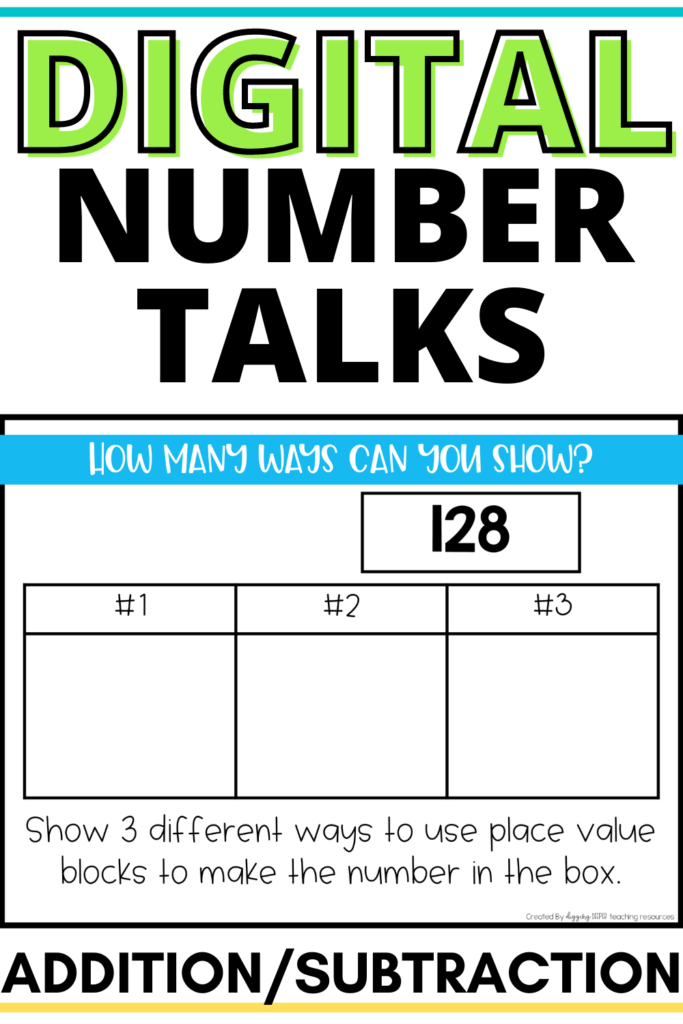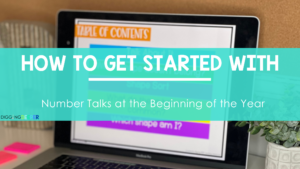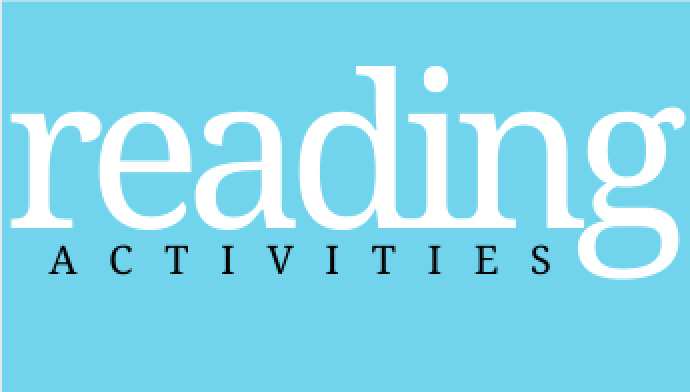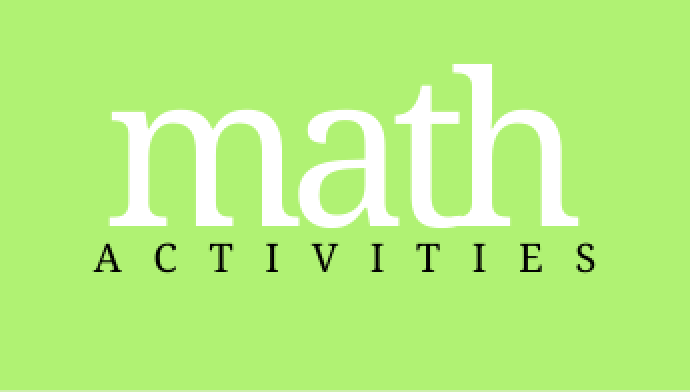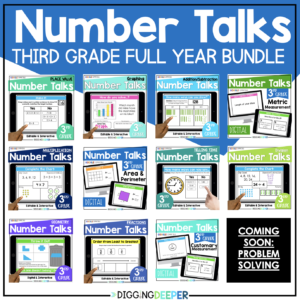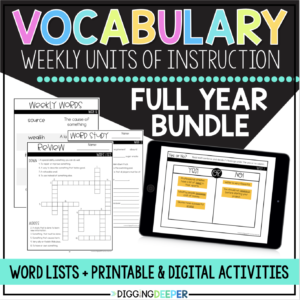Addition and subtraction with regrouping is a tough concept! This concept is abstract and often our students are not ready to understand the process.
In this post I will highlight some strategies I use to help my students become great at addition and subtraction with regrouping.
Have you ever seen this e-card?
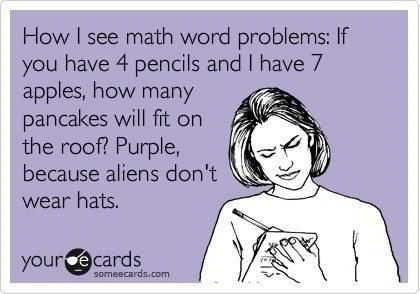
8 year old me could have written this!
I was the little girl in math class who could never get the same answer as my teacher. And I mean never.
It always seemed to me that my math teacher was speaking Chinese.
I. NEVER. UNDERSTOOD.
My classmates would solve the problem mentally and spit out the answer before I ever knew how to begin.
I don’t want my students to feel like I did. I want to know that I have done everything in my power to help them understand the math concepts.
Funny (but true) story… when I became a teacher I was offered a job in 3rd grade teaching all subjects (including math). I called my mom to tell her and she LAUGHED and asked me “Who is going to teach them math?” I told her I was. And, she said “No, I mean after you have tried and they still don’t get it.”
Perspective is Everything
Thankfully my math skills have blossomed since I was a third grader. But, I’ve never forgotten how lost I felt during my elementary math classes. That perspective has made me an effective math teacher. My educational background is in reading instruction, but my administrators have repeatedly complimented my math classroom.
I have had several years where every single student passed their end of year state math assessment.
Yea, mom. Every. Single. Student.
Regrouping is a beast for students, like me, who don’t have a strong number sense.
There are too many steps in the algorithm and students get jumbled up as they try to solve problems.
Strategies that Boost Understanding of Regrouping
The first thing I teach my students is how to see numbers different ways. We begin using place value blocks. I’ll put a number on the board and have my students show me the number with their blocks.
After they show me one way, I’ll have them make the SAME number using different blocks. The first time we do this I always get lots of questions. But, I make them stumble through and try to figure it out before I give it away.

During this lesson, students quickly figure out that they can trade 1 hundred block for 10 ten sticks, or 1 ten stick for 10 ones blocks, etc.
After they master the blocks, we do the same concept but using numbers and place value charts. I’ll have them write the number in a place value chart and then write the same number, a different way in a place value chart. You can see an example of this in the image below.

The bubble map pictured above is a FREE download in my TPT store. Click here to get it.
Before students can be taught the algorithm for regrouping, they need to see that numbers can be written different ways. I work with my students on this skill until I see they have mastered it. This is crucial to their understanding.
Once my students master this, I begin to ease them into the algorithm.
Model it!
I always begin with addition first.
First, I write a problem on the board and have them draw the solution. I want them to draw place value blocks and group them appropriately when they begin to add. For example, if they end up with 15 ones, I want them to group 10 ones together and carry it over to make a new ten.

Once students understand the concept of drawing the problem, I will show them how to carry the ten and regroup. Our previous lessons should have given them an understanding of what they are doing when they “carry the one.”
Now for subtraction!
I start again with the picture model. This time, students only draw blocks for the biggest number in the problem. I have them draw x’s to take away the smaller number. They quickly see there are not enough ones to take away the correct amount. Then, I’ll show them how to borrow from the ten’s place. This should make sense to them after spending several days learning to write numbers multiple ways.
We practice this skill for WEEKS! It takes a long time for this to stick with some students, and that’s ok. The worse thing we can do is jump into the algorithm too soon without making sure students understand what they are doing.
After my students become successful at using the algorithm, we practice computation problems often to keep this skill sharp.
Other fun activities
To spice things up, sometimes I give them problems like the one pictured below. An answer is already provided but they have to decide if it is the correct answer or not.
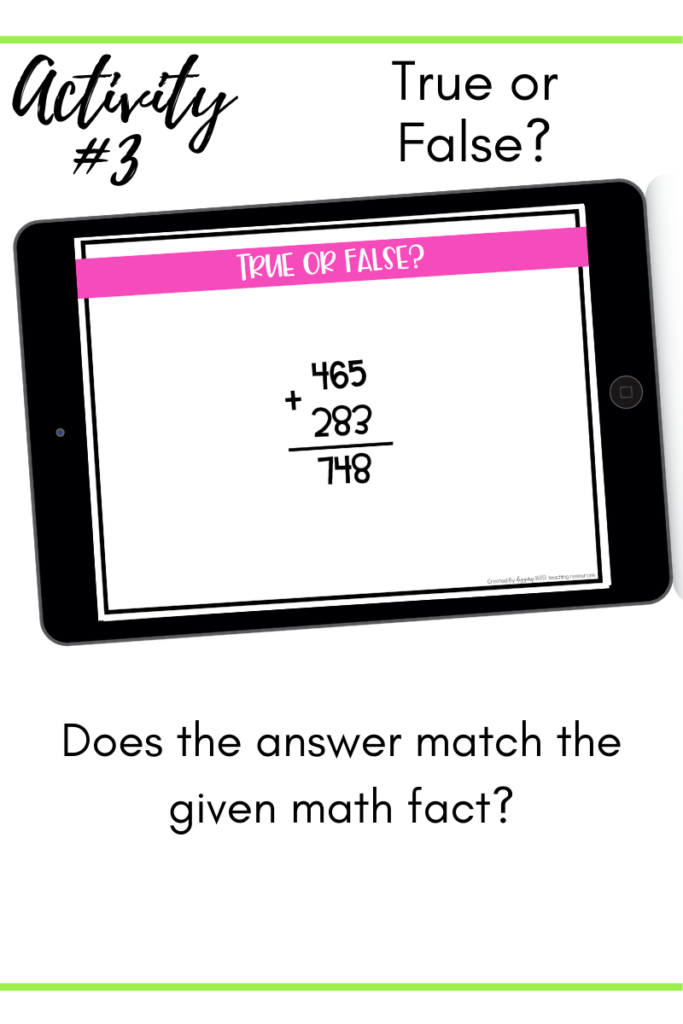
I also give them two problems and have them decide which of the two has the highest answer.
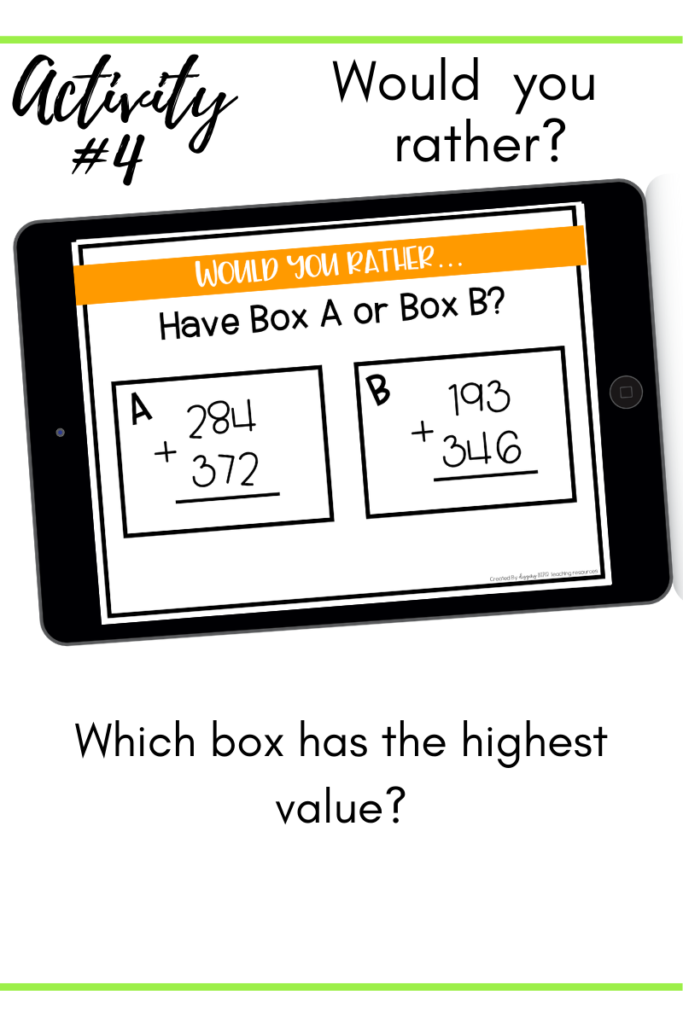
When I think they are really ready, I’ll give them word problems to solve using addition and subtraction with regrouping.
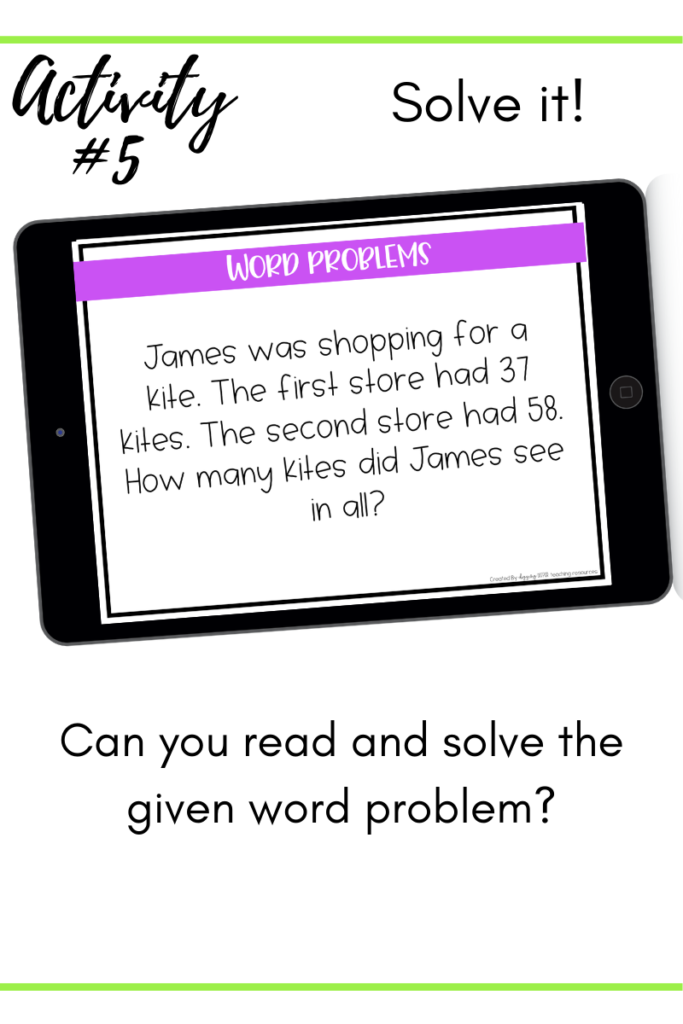
To save me precious planning time, I compiled 45 different addition and subtraction activities into one digital presentation. I use this for several weeks, completing one or two activities per day. I love how easily I can pull up my computer and immediately get my students engaged and growing as math students. Our number talk time is a crucial part of our math class. Click here to read about my content based number talks.


